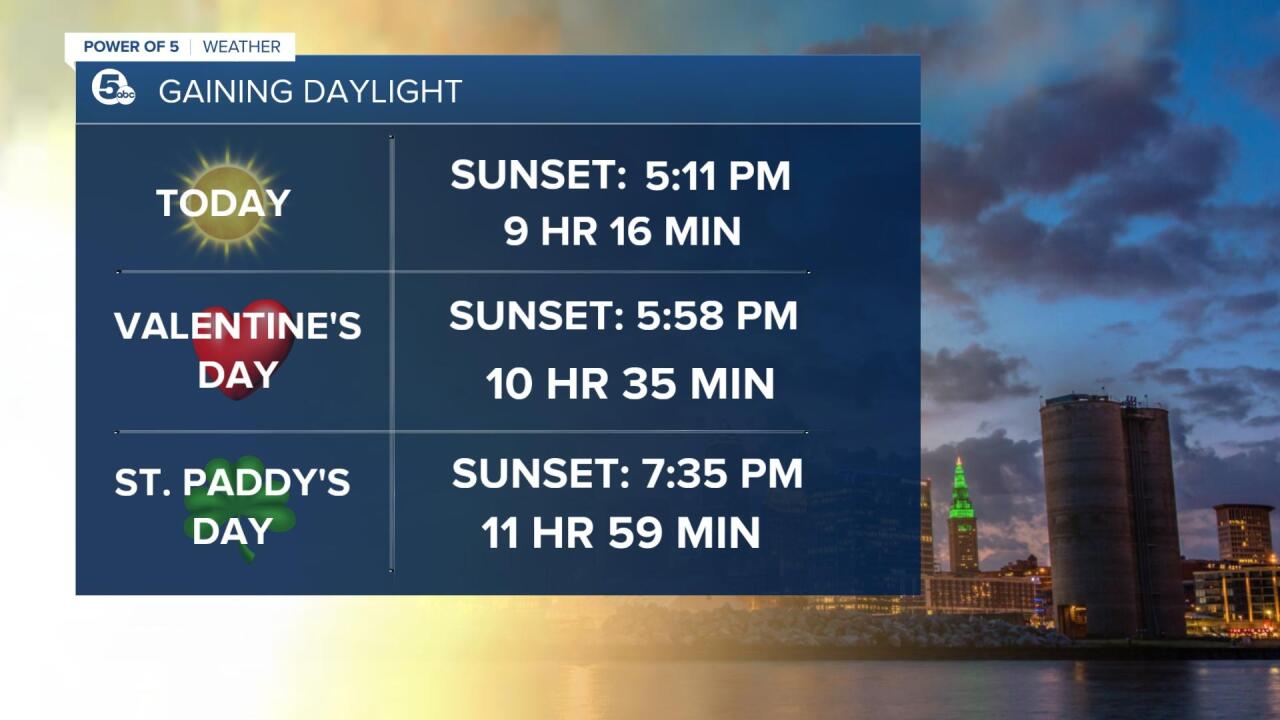Winter started exactly two weeks ago on Dec. 21st, but did you know that the Earth was at its closest point to the Sun today?
WHAT IS THE PERIHELION?
That's right! Jan. 4, 2023 is known as the perihelion. The Earth is closest to the Sun, at its perihelion. This happens because the Earth's orbit around the Sun is not a perfect circle. It is actually elliptical, or slightly oval-shaped. This means there is one point in the orbit where Earth is at its closest to the Sun, and another where Earth is farthest from the Sun.

The closest point occurs in early Jan. and the Earth is roughly 91.4 million miles away from the sun. The far point happens in early July and is known as the aphelion. The Earth is about 94.5 million miles from the sun during the aphelion.
This may seem backwards to anyone living in the Northern Hemisphere, but in reality, the distance from the Sun doesn't determine our seasons. Those are governed by the tilt of Earth's axis of rotation, so Jan. is still winter in the north and tilted away from the sun. However, it does mean that the sun was at its largest apparent size around 11 a.m. Wednesday morning! You can see the subtle difference below, it is just too bad that seeing the sun is rare in Jan. in Cleveland!

SLOWLY GAINING DAYLIGHT:
This week also features the latest sunrise of the year for our latitude. We have been gaining daylight ever since the winter began, but in the evening. After this week, the sunrise will get earlier and earlier! By Valentine's Day, we will have over an hour more of daylight. By St. Patrick's Day, Cleveland will see nearly 12 hours of daylight!


ORBITS AND TIDES:
The moon also has an elliptical orbit around the Earth. Both orbits have a substantial effect on the Earth’s tides. Once a month, at perigee, when the moon is closest to the Earth, tide-generating forces are higher than usual, producing above-average ranges in the tides. About two weeks later, at apogee, when the moon is farthest from the Earth, the lunar tide-raising force is smaller, and the tidal ranges are less than average. When the Earth is closest to the sun (perihelion), around January 2 of the calendar year, tidal ranges are enhanced. At aphelion, when the Earth is furthest from the sun, around July 2, tidal ranges are reduced.
Want the latest Power of 5 weather team updates wherever you go? Download the News 5 App free now: Apple|Android
Download the StormShield app for weather alerts on your iOS and Android device: Apple|Android
Click here to view our interactive radar.
Read and watch the latest Power of 5 forecast here.
Follow the News 5 Weather Team:
Mark Johnson: Facebook & Twitter
Trent Magill: Facebook & Twitter





